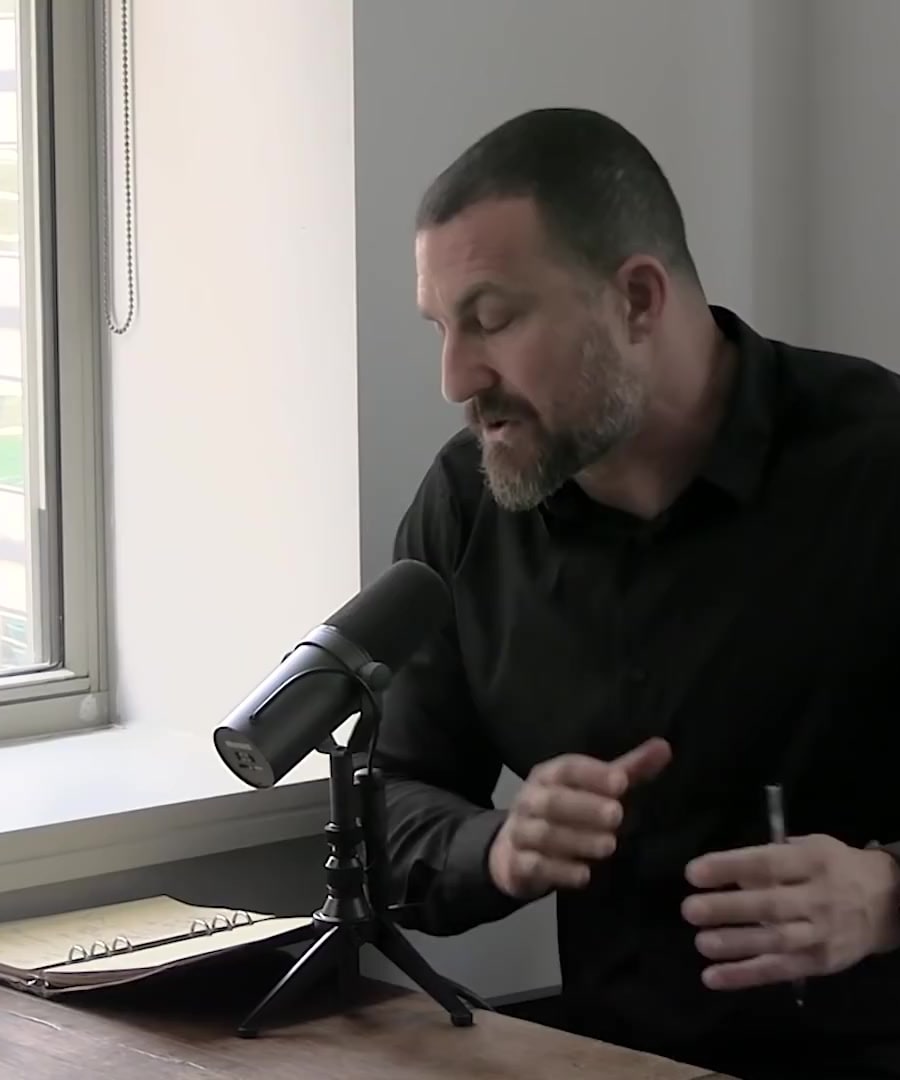Temperature minimum
Sources:
The concept of "temperature minimum" refers to the lowest point in the 24-hour cycle of your body temperature, typically occurring about 90 minutes to two hours before your average wake-up time. This time is crucial as it influences the timing of various physiological processes in your body, including sleep-wake cycles and overall circadian rhythms.
For example, if your usual wake-up time is 7:00 AM, your temperature minimum likely occurs around 5:00 AM. Activities such as exposure to bright light, exercise, or consuming caffeine during the hours before the temperature minimum can delay your sleep cycle, causing you to go to sleep and wake up later. Conversely, exposure to these stimuli after the temperature single can advance your sleep cycle, making you sleep and wake up earlier 1 2.
This knowledge of the temperature minimum can be integral for managing jet lag, shift work adjustments, or general sleep disturbances, enabling a strategic approach to adjust your biological clock as needed.
RELATED QUESTIONSHow can I use this to adjust my sleep cycle?
Sources:
To adjust your sleep cycle using knowledge of your temperature minimum, you can strategically time your exposure to light, caffeine, and activity levels:
-
Identify Your Temperature Minimum: It's typically about 2 hours before your regular wake-up time. For instance, if you normally wake up at 7:00 AM, your temperature minimum is around 5:00 AM 1.
-
Adjusting to Wake Up Earlier:
- Morning Light: Expose yourself to bright light soon after the temperature minimum—ideally within the first hour after this point. This shifts your circadian rhythm to promote an earlier onset of sleepiness in the evening.
- Morning Exercise: Physical activity after your temperature minimum can also support this adjustment 2.
-
Adjusting to Wake Up Later:
- Night Activity: Engage in light exposure, consume caffeine, or do exercise in the two to four hours before your temperature minimum to delay your circadian clock. This makes you likely to feel sleepier later and thus wake up later the next day 1.
-
Regular Tracking: Consistently monitor your wake-up times to refine your understanding of your personal temperature minimum. This is useful for making more accurate adjustments when needed 3.
These steps can help regulate your internal clock, making adjustments to your sleep cycle more manageable and effective in aligning with your desired schedule.
RELATED QUESTIONS-
How can I use this to adjust my sleep cycle, if I’m traveling to a time zone 2 hours behind me?
Sources:
To adjust easier to a time zone 2 hours behind during travel, understanding and managing your circadian rhythm can be very effective. Here's how you can adjust according to insights from the :
-
Pre-Travel Adjustment:
- Gradual Shift: Begin adjusting your sleep and waking times a few hours later each day before you travel. This gradual shift can help ease the transition once you arrive in the new time zone.
-
Light Exposure:
- Use of Light: Upon arriving, engage in strategic light exposure to help reset your internal clock. In the new time zone, expose yourself to light during the morning hours. This exposure helps shift your circadian rhythm to align with the local time 1.
-
Activity Timing:
- Exercise: Incorporate exercise in the early hours after your temperature minimum in the new time zone to help advance your clock. This means more activity in the morning can help you adjust quicker to the earlier time 1.
-
Social and Eating Patterns:
- Align with Local Schedule: Quickly adjust to the local social schedule, including meal times, which can also help reset your internal biological clock to the new environment 2.
These strategies are based on understanding the power of light exposure, exercise, and social cues in resetting our circadian rhythms. By implementing these steps, you can mitigate the effects of jet lag and adapt to the new time zone more seamlessly.
RELATED QUESTIONS-
Temperature minimum
- RELATED QUESTIONS
How can I use this to adjust my sleep cycle?
- RELATED QUESTIONS
How can I use this to adjust my sleep cycle, if I’m traveling to a time zone 2 hours behind me?
- RELATED QUESTIONS





